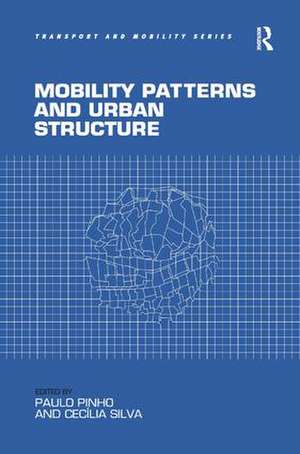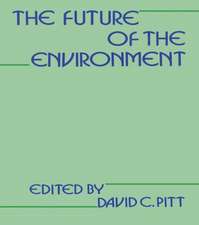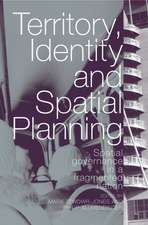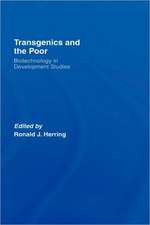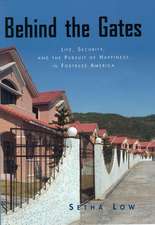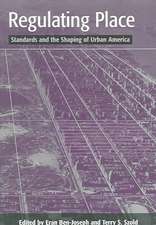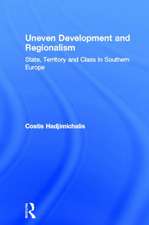Mobility Patterns and Urban Structure
Autor Paulo Pinho, Cecília Silvaen Limba Engleză Hardback – 28 mai 2015
Preț: 767.38 lei
Preț vechi: 1029.27 lei
-25% Nou
Puncte Express: 1151
Preț estimativ în valută:
146.86€ • 152.92$ • 124.11£
146.86€ • 152.92$ • 124.11£
Carte tipărită la comandă
Livrare economică 08-22 martie
Preluare comenzi: 021 569.72.76
Specificații
ISBN-13: 9781472412973
ISBN-10: 1472412974
Pagini: 252
Ilustrații: Includes 48 b&w illustrations and 28 maps
Dimensiuni: 156 x 234 x 22 mm
Greutate: 0.63 kg
Ediția:New ed.
Editura: Taylor & Francis
Colecția Routledge
Locul publicării:Oxford, United Kingdom
ISBN-10: 1472412974
Pagini: 252
Ilustrații: Includes 48 b&w illustrations and 28 maps
Dimensiuni: 156 x 234 x 22 mm
Greutate: 0.63 kg
Ediția:New ed.
Editura: Taylor & Francis
Colecția Routledge
Locul publicării:Oxford, United Kingdom
Cuprins
Contents: Introduction, Paulo Pinho and Cecilia Silva; Recent changes in urban areas, Jose Pedro Reis and Fabrizio Giulietti; Empirical evidences on motivations for travel, Cecilia Silva, Petter Naess and Jose Pedro Reis; People, places and travel patterns in Copenhagen and Oporto, Miguel Torres, Petter Naess, Jose Pedro Reis, Fernanda Sousa and Paulo Pinho; The structural accessibility layer, Cecilia Silva; The explanatory qualitative-quantitative method, Petter Naess; Mobility choices enabled by urban structure, Cecilia Silva and Jose Pedro Reis; Residential location and travel behaviour, Petter Naess; Mobility patterns and urban structure, Paulo Pinho and Cecilia Silva; Annexes; References; Index.
Notă biografică
Paulo Pinho and CecÃlia Silva both work in the Faculty of Engineering, Oporto University, Portugal.
Recenzii
’Drawing on a combination of qualitative and quantitative approaches, this book provides a detailed, accessible, comparative account of mobility patterns and urban structure in Oporto and Copenhagen. Its conclusions are resounding: urban structure not only passively influences travel choices, it also actively constrains choices. This has important implications for the role of urban and regional planning in promoting low-carbon development in cities.’ Dominic Stead, Delft University of Technology, The Netherlands ’This is a book you want to read if you are interested in linkages between built environment, accessibility and travel behaviour. It applies a unique mixed method approach, in which accessibility instruments and quantitative and qualitative travel behaviour research are applied in two European cities - Oporto and Copenhagen. Paulo Pinho and Cecilia Silva clearly show that urban structure influences travel behaviour and accessibility, and confirm that effective coordination between transport and land use policies is a requirement for achieving more sustainable mobility patterns.’ Karst T. Geurs, University of Twente, The Netherlands ’By contrasting the polycentric Greater Oporto with the monocentric Greater Copenhagen and examining both accessibility and travel behaviour, Pinho and Silva successfully make the case for why any policy for sustainable mobility must act on the key factor of urban structure.’ Carey Curtis, Curtin University, Australia
Descriere
The research presented in this book highlights the relevance of centrality in travel behaviour and in more sustainable travel choices. Different operational forms of the centrality concept are revealed as important: it is shown that more sustainable travel can be influenced by several urban structure factors and that no particular combination is required as long as a certain level of centrality is provided. Finally, the book concludes that urban structure can, on one hand, constrain, and on the other, influence travel choice.
